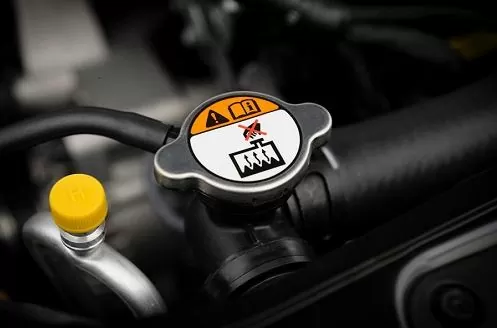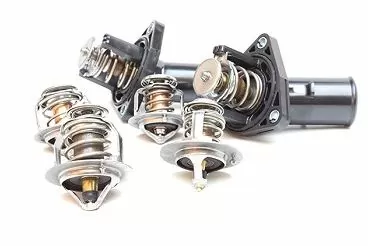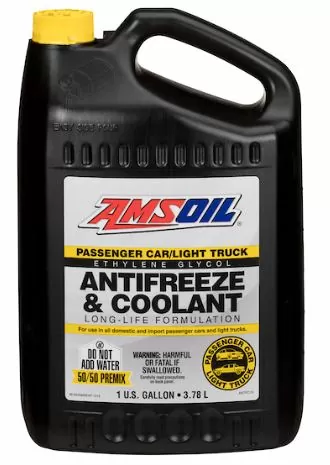Have you arrived at this page after having angrily asked Siri or Alexa “Why is my engine overheating”? Sorry to hear that, but read on to find out why this could be, and most importantly how to prevent and fix it!
How to know if your engine is overheating
You may have noticed steam boiling out from under the hood. Or, maybe, the coolant/water-temperature gauge is no longer where it used to sit comfortably. The sweet, syrupy smell of engine coolant is also common with an overheating engine.

What to Do if Your Engine Is Overheating
Time needed: 30 minutes.
Steps to take if your engine is overheating
Stop driving
If you’re driving, pull over and park in a shady spot if possible. Shut off the engine.
Let the engine cool
Don’t immediately pop the bonnet open. And don’t immediately remove the radiator cap. Instead, let the vehicle sit for several minutes to cool down.
Cheque coolant level
Once the engine is cool, you’re safe to cheque the coolant level.
Cheque that the coolant level is at the “full” mark on the coolant reservoir. If your vehicle requires you to add coolant directly in the radiator, remove the radiator cap using a rag. Again, make sure the engine is cool first or you may burn yourself with scalding-hot coolant.
Add coolant, if needed
Does the coolant level reach the bottom of the filler neck? If not, that could be why the engine is overheating. Hopefully, you have a gallon of coolant in the trunk or behind the seat of your truck. If not, it’s time to call whichever friend owes you a favour.
Carefully drive to a garage, if you can
If you’re near a garage or other retailer that sells coolant, you’re probably safe to start the vehicle after it has cooled and drive slowly and methodically to the store to buy coolant. Take it easy, though, to suppress engine temperature as much as possible.
Call for a tow, if needed
If you have no coolant on hand and can’t obtain some, call for a tow.
But Why Is My Engine Overheating?
It could be due to several reasons.
1) Low Radiator Coolant Level
As said, low coolant level is the first potential cause to investigate. Look for coolant leaks on the ground under the radiator and engine. Better yet, have a mechanic pressure test the system. Cheque the oil level to ensure coolant isn’t leaking into the engine. Fix any leaks you find.
2) Bad Cooling Fan
A bad cooling fan is another potential cause. Start the vehicle and crank the air conditioning. Cheque under the hood to ensure the cooling fans are spinning. A bad fan won’t pull sufficient air across the radiator to cool the engine. Cheque the fuse first. If it’s fine, the motor may be burned out or the thermostatic switch may have failed.
3) Faulty Temp-Sensor Switch
The temperature-sensor switch that turns on the fan may also have failed, as could the cooling-fan relay. Unless you’re handy with a multimeter, it’s best to have a mechanic test for these problems.
4) Bad Thermostat
A faulty thermostat is another prime culprit. The thermostat should close until the engine warms and then open after it’s hot to allow coolant to flow through the system. If it sticks shut, coolant can’t flow, increasing engine heat. If the engine is warm, but the upper radiator hose is cool to the touch, it could mean the thermostat is bad.
A thermostat is so inexpensive that it’s often easier to simply replace it than try to troubleshoot it. The same applies to a faulty radiator cap.
5) Plugged Radiator
A radiator plugged with sludge or corrosion can also cause your engine to overheat. It may look fine on the outside while the inside is a mess. Then again, it may not look fine on the outside. Cheque for leaves, grasshoppers and other junk plugging the fins and blocking airflow.
One trick is to shine a flashlight through the radiator from under the hood. Look through the vehicle’s grill. If you can’t see the light, the radiator needs cleaning.
Plugged coolant passages will likely accompany a bad radiator. Using a low-quality conventional coolant or failing to service the cooling system can cause sludge or corrosion to build up in the system. Just like your arteries need to be clean to flow blood through your body, the radiator and cooling passages must be clean to properly flow coolant. If not, the engine can overheat.
In this case, flush the system, replace the radiator and refill with a high-quality coolant.

Use a Good Antifreeze & Coolant
AMSOIL Passenger Car & Light Truck Antifreeze & Coolant is a perfect option. It eliminates additive drop-out, scaling and other issues inherent to conventional “green” coolants. It’s pre-mixed 50/50 with high-quality water and lasts up to 150,000 miles or 5 years.


 Europe / English
Europe / English Africa / English
Africa / English France / Français
France / Français Latin America / Español
Latin America / Español India / English
India / English APAC / English
APAC / English US / English
US / English